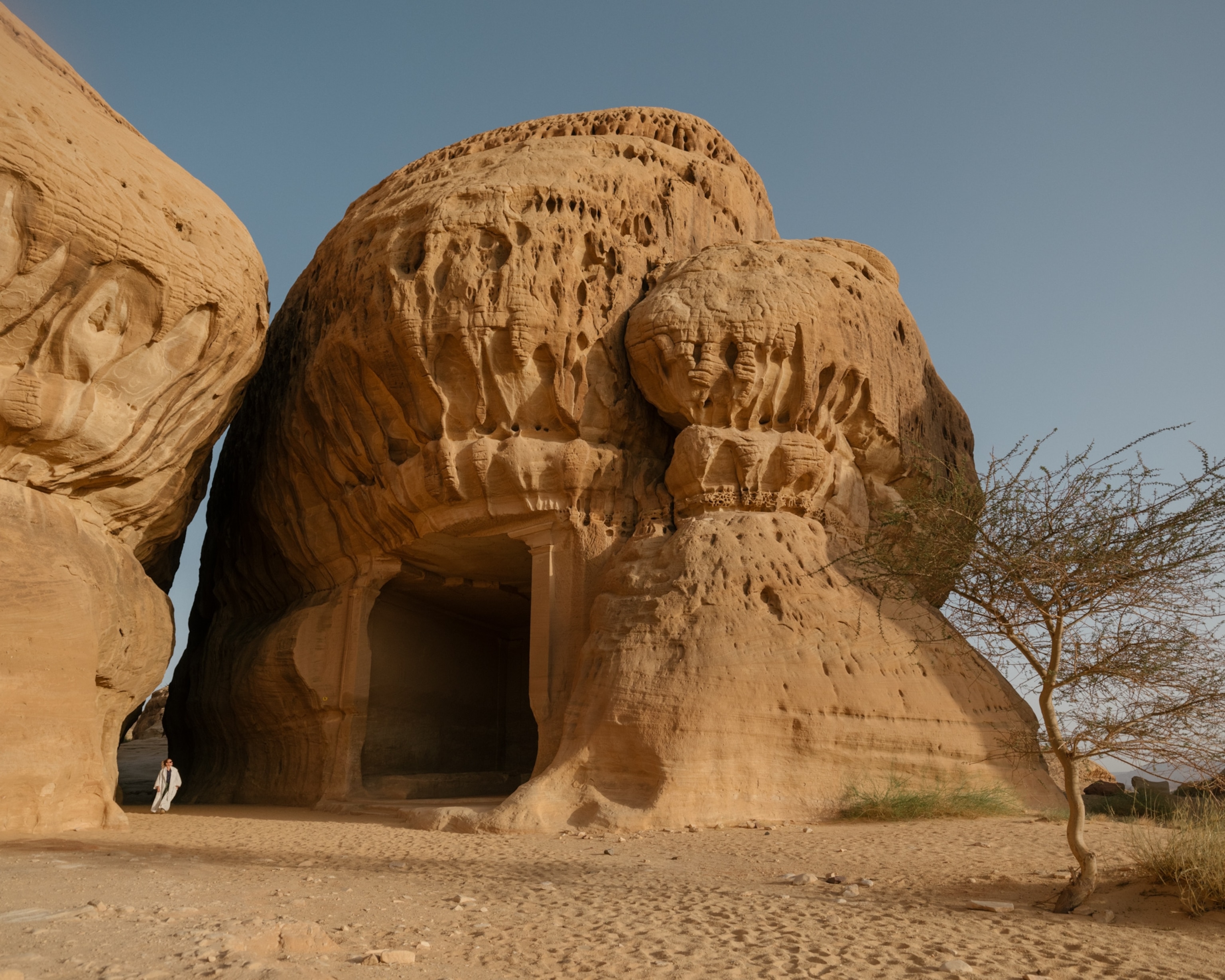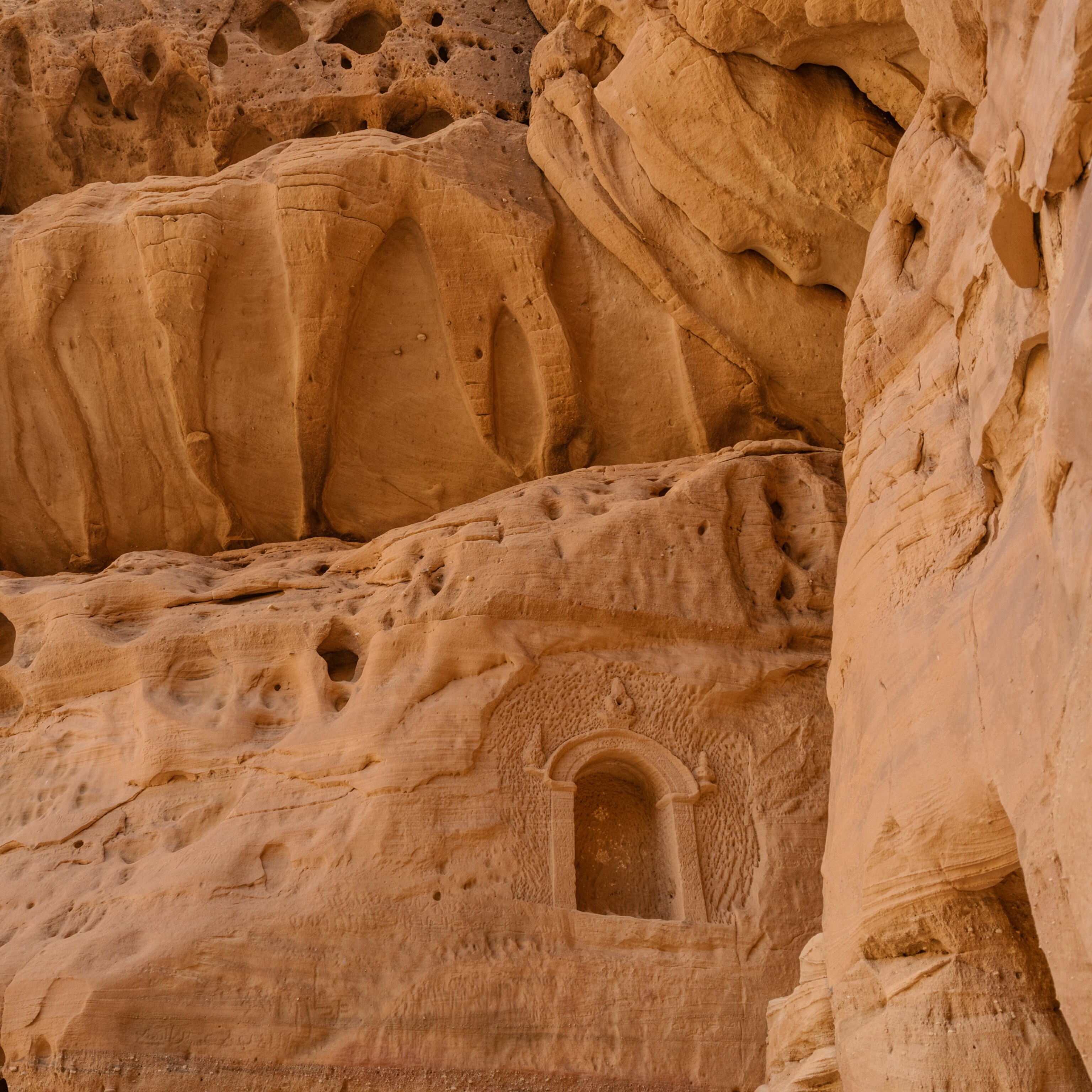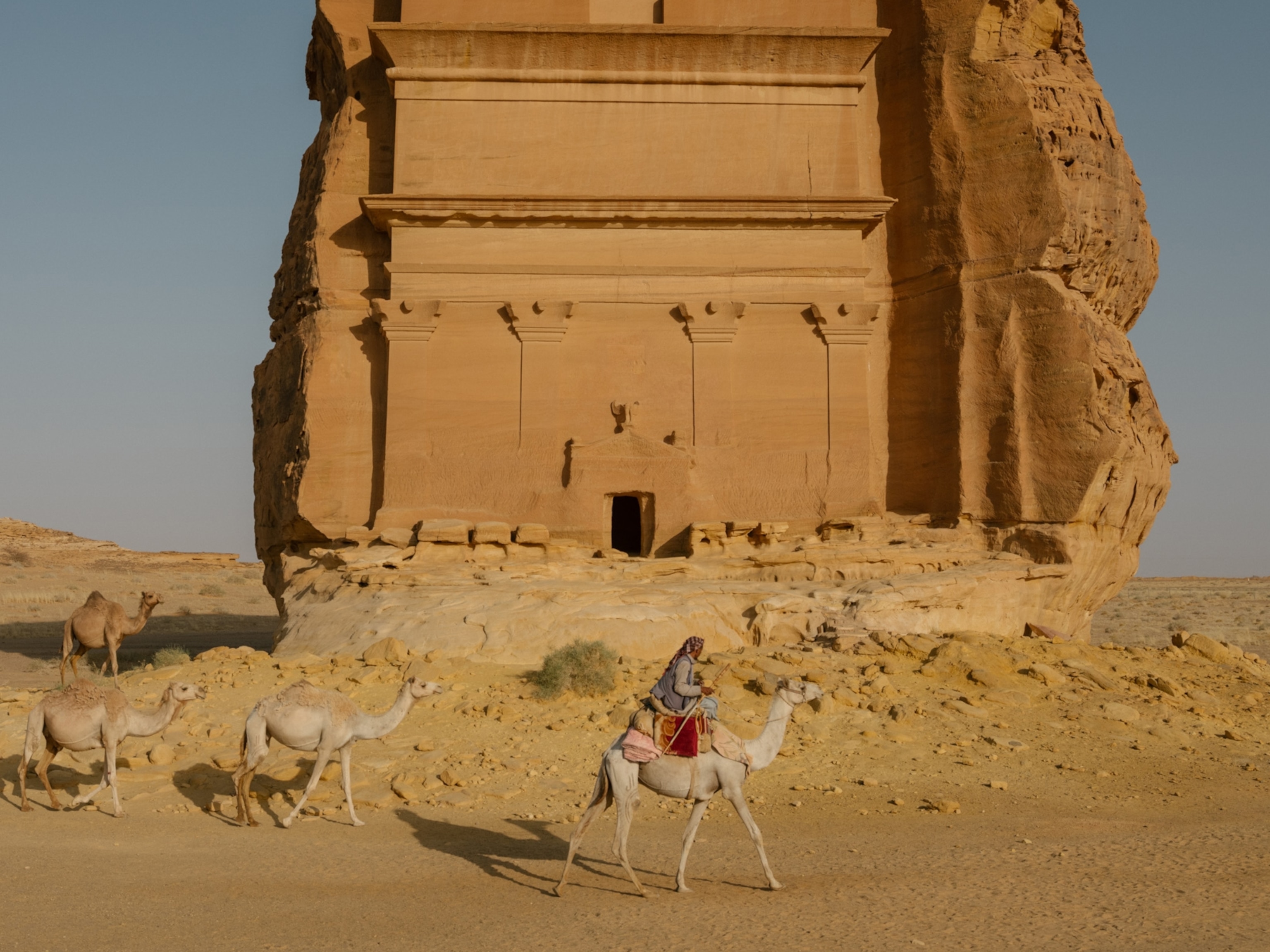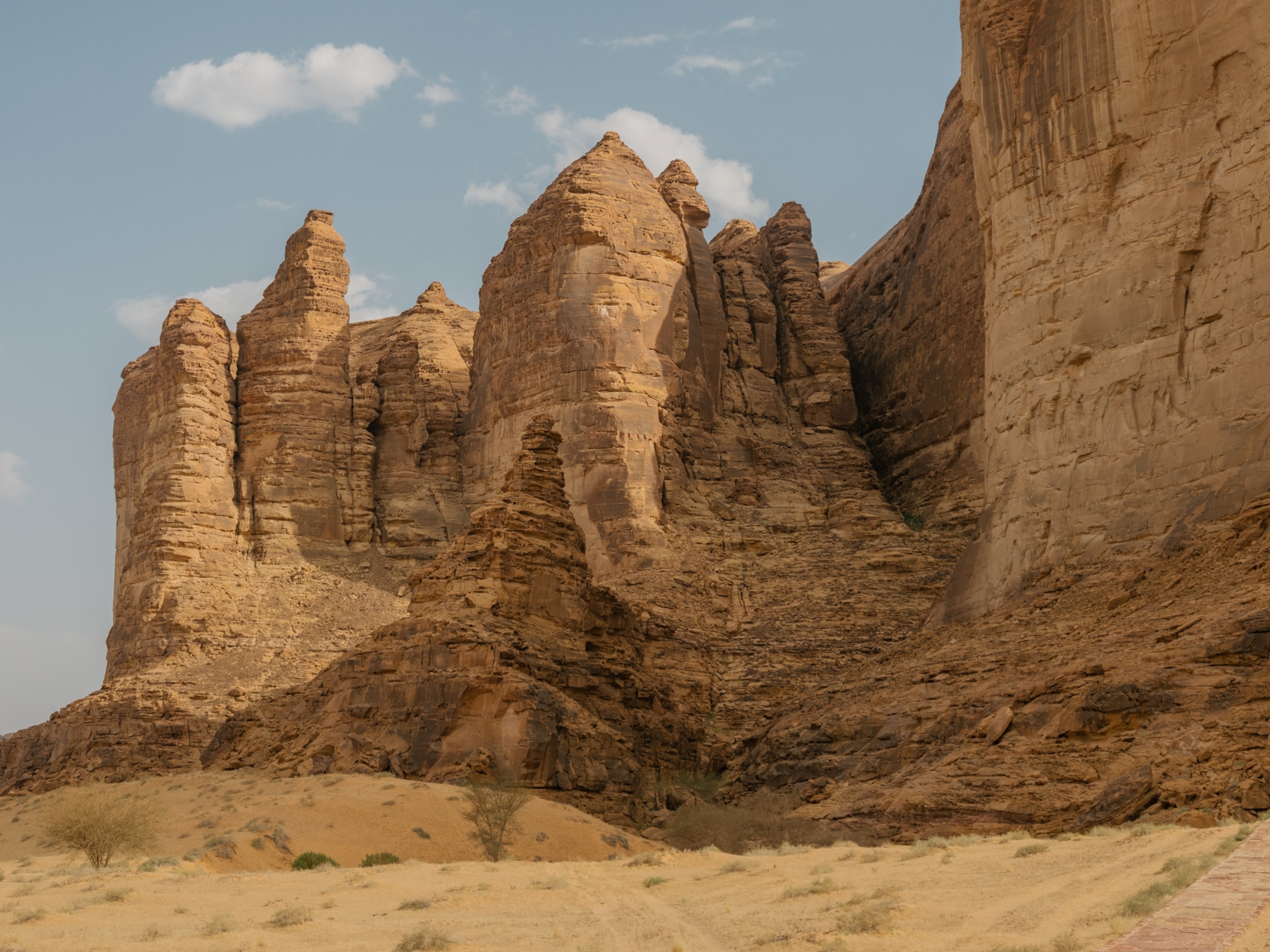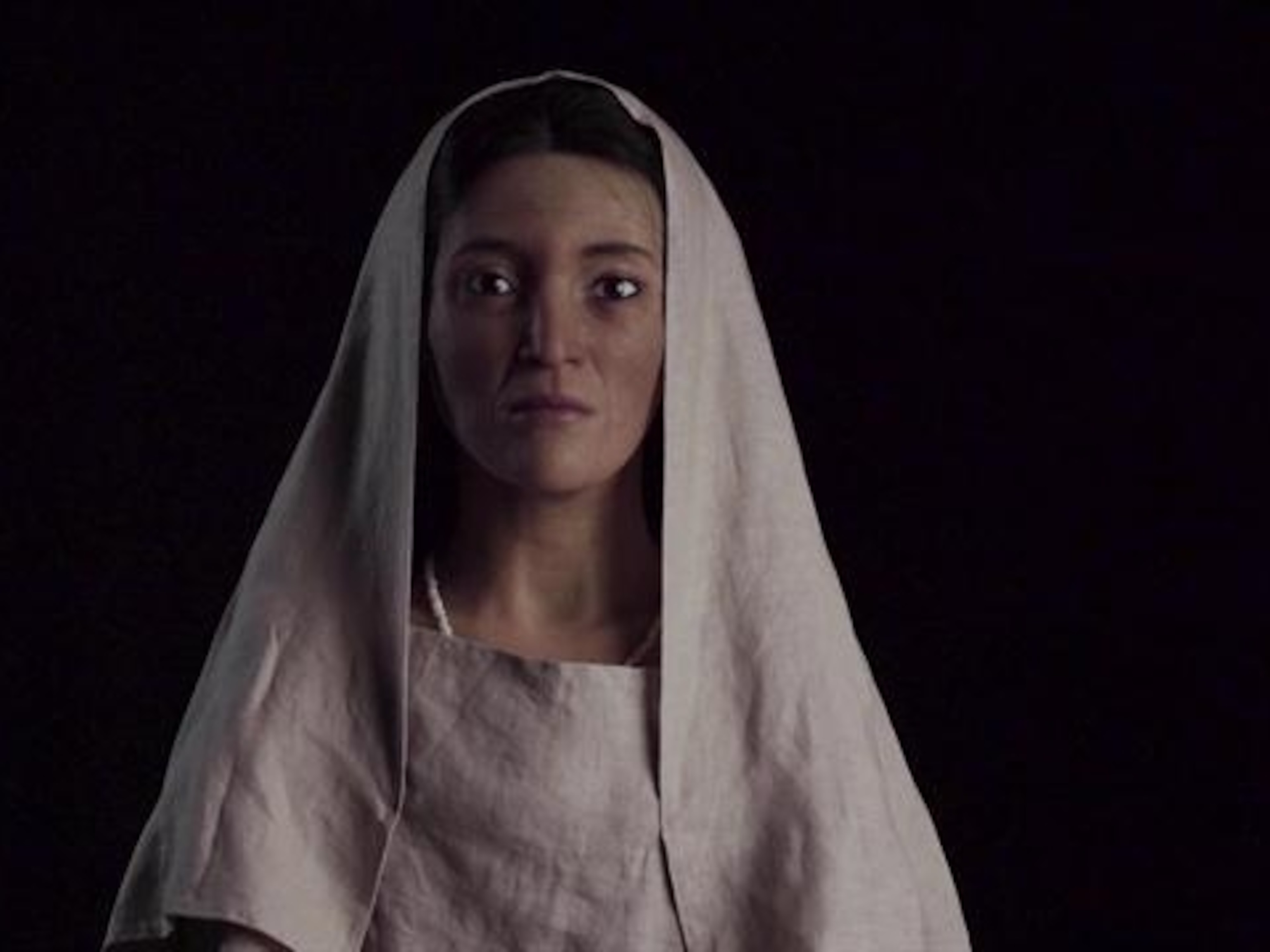The Nabataeans dominated the ancient caravan trade routes between the Mediterranean and southern Arabia for several centuries. But they did not write down their history: they buried it. At the southern end of the Nabataean lands, in northwest Saudi Arabia, the 109 tombs of the ancient city of Hegra tell stories of the Nabataeans’ glorious past.
Carved out of towering, honey-colored rocks rising from sunbaked sands, the tombs form a necropolis surrounding Hegra’s city center. Little is left of the mud-brick architecture of the walled city. However, the tombs have weathered the centuries of harsh sun and erosion in remarkably good condition, and the more than 130 surviving wells first established by the Nabataeans attest to their expertise in water management.
The vast majority of the tombs include decorated facades that give insight into the relationships this Arab tribal society had with other cultures until losing its independence to Rome in 106 CE. All the dated tombs go back to the first century CE, and many display carved eagles, mythological figures, snakes, and sphinxes.
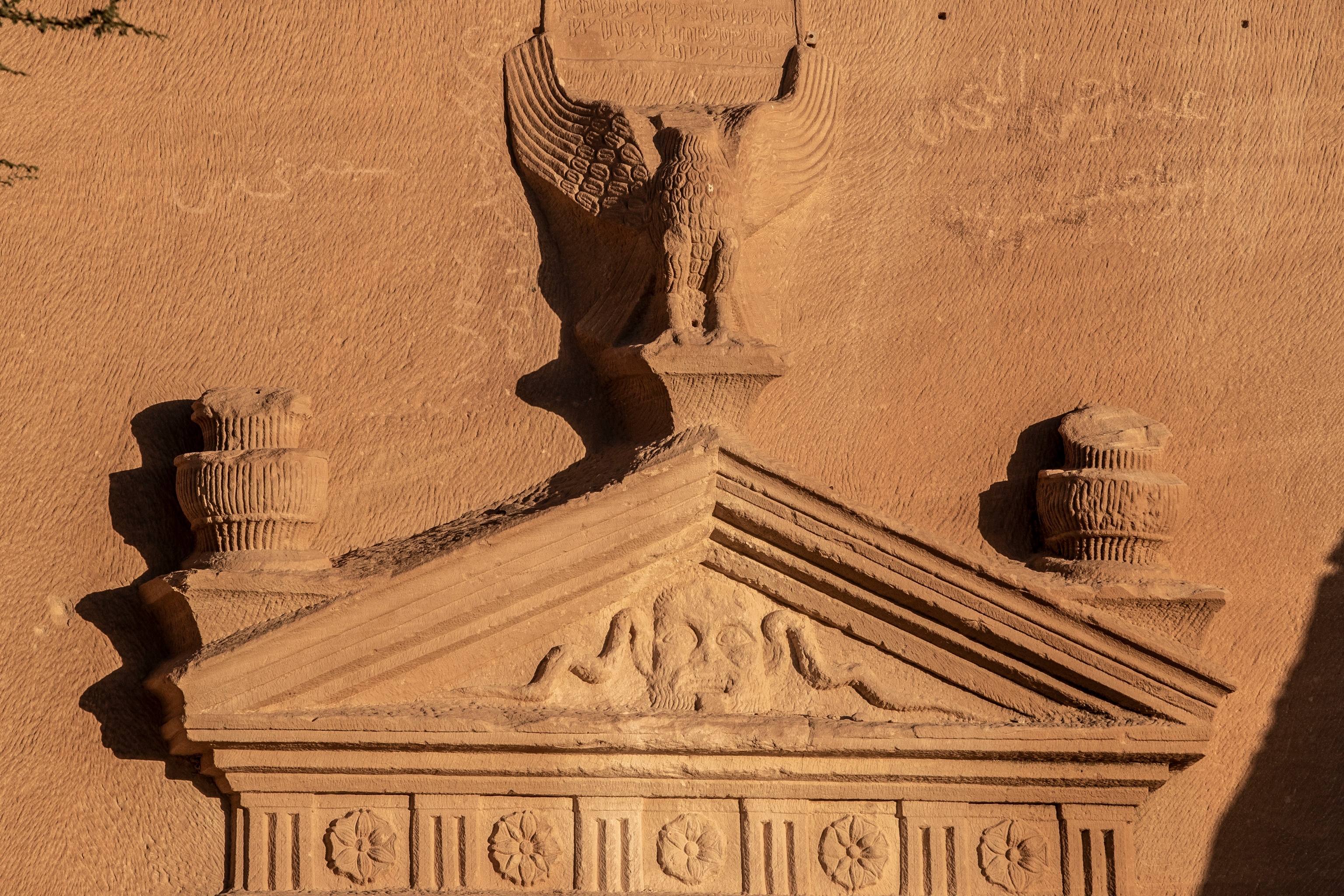
But it is the written word that makes these tombs uniquely Nabataean and also uniquely Hegra. This necropolis is around 300 miles (or around 500 kilometers) from the Nabataean capital of Petra. However, unlike all but one of the tombs in Petra, more than 30 of Hegra’s tomb facades bear inscriptions etched in the rock. They are legal texts that give the name of the owners and sometimes their role in the community. They are written in Nabataean script, a variety of Aramaic, which later developed into Arabic.
Until large excavations began in Hegra in 2008, the same year it became Saudi Arabia’s first UNESCO World Heritage Site, what we knew about the Nabataeans mainly derived from ancient Greek and Roman historians. Diodorus of Sicily wrote of them, “While there are many Arabian tribes who use the desert as pasture, the Nabataeans far surpass the others in wealth, although they are not much more than 10,000 in number.”
The tombs were a reflection of that wealth, serving to enhance the prestige of the family to which they belonged—the largest and most decorated tombs were deliberately made to be visible from Hegra’s city center. Several owners were strategoi, a Greek word the Nabataeans borrowed to describe a local governor who had military and administrative functions. Many artifacts were also deposited inside the tombs, some of them imported from Mesopotamia, the Mediterranean or, more often, from Petra. Bronze bracelets, rings, necklaces of seeds or glass beads, as well as objects from daily life such as combs, cosmetic tubes, embroidered handkerchiefs, and coins have all been found in the tombs. And care in burial extended to physical remains. Scientists analyzing residues of organic material uncovered on bones and textile fragments found in the tombs showed that the Nabataeans would coat the body of the deceased with a mixture of fats and resins drawn from incense-bearing trees and shrubs.
Some of the tombs are named for women, indicating their legal right to possess tombs, and texts also specify that their descendants could inherit them. As is the case in many societies, inscriptions include curses directed at anyone violating the tomb or trying to claim it.
A typical example of one of these inscriptions, for a female named Wushuh, roughly translates like this:
This is the burial-niche which Wushuh daughter of Bagrat made for herself within the rock-tomb belonging to her and her daughters. Whoever opens it for himself or removes her from this burial-niche forever shall be liable to our lord Haretat, King of the Nabataeans, lover of his people, in the sum of a thousand Haretitle sela’s. And may Dushara, the god of our lord, and all the gods curse whoever removes this Wushuh from this burial-niche for ever.
Mysteries remain, including why some of the tombs were never completed. Hegra’s largest tomb—of Lihyan son of Kuza—measures 72 feet (22 meters) high but is unfinished, opening up many questions about what happened within this family.
Today the tombs represent one of Hegra’s most exciting aspects for visitors as well as archaeologists, who continue to discover stories of Nabataean culture through surveys, excavations, and analyses of material. Beyond being beautiful to behold, these tombs serve as living archives, not least for Saudi visitors investigating this part of their long heritage for the first time, learning how their Nabataean forebears viewed family life, religion, economy, and society.
Journey through time to discover the rich history of AlUla here.
